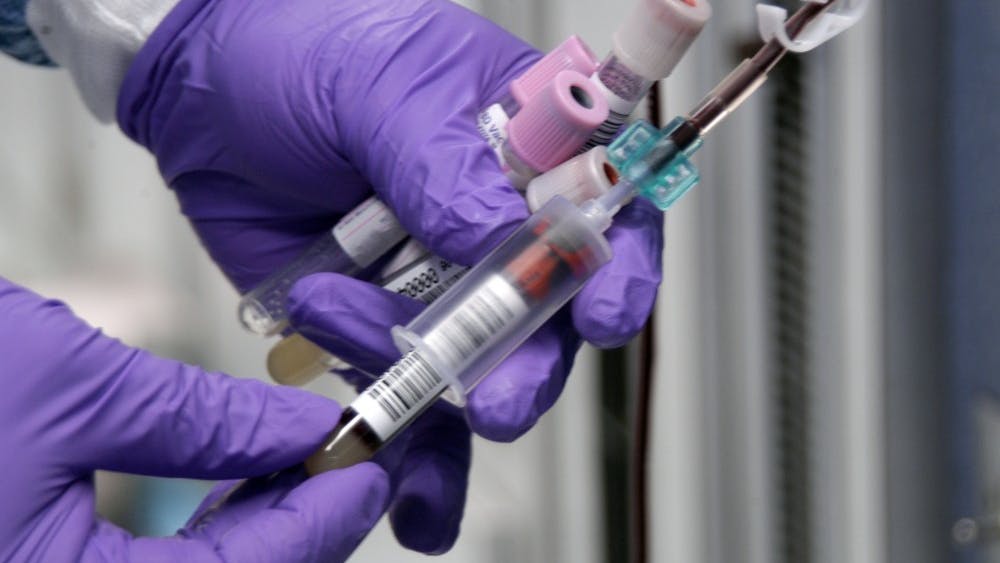Despite myth, full moons don't trigger earthquakes
By JESSICA KASAMOTO | February 22, 2018From werewolves, to crime and chaos, to the triggering of childbirth, there are many superstitions about the power of a full moon. While most of these superstitions can easily be dismissed as mere folklore, one superstition has held strong. Namely, popular belief has it that full moons can cause earthquakes.














